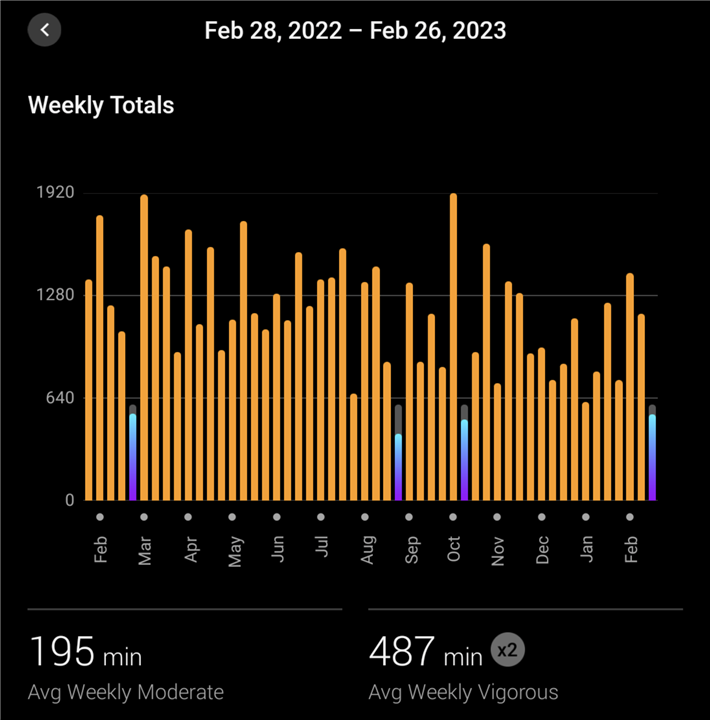Hi,
I am using Instinct 2 solar with firmware 10.10.
If I have the watch with short sleeve shirt (so that the solar glass gets ample sunlight) and I am outdoor for an hour (with bright sunlight), how many percent increase of battery should I expect?
Assume the current level of battery < 10% and I am not using GPS or measuring SpO2 or capturing activities data at that time.
Thank you very much for any advices.



